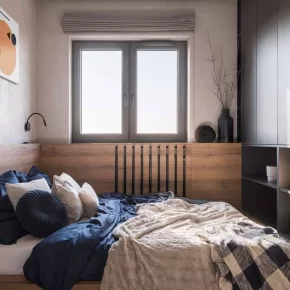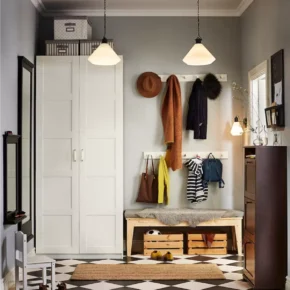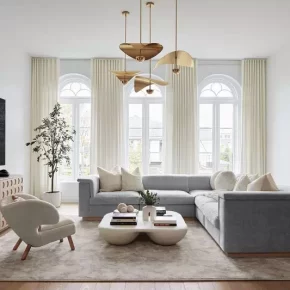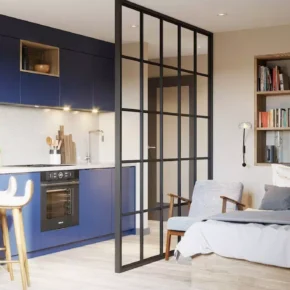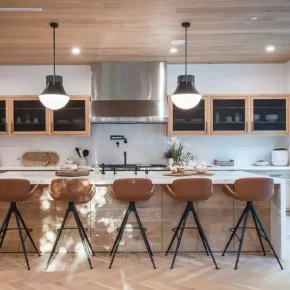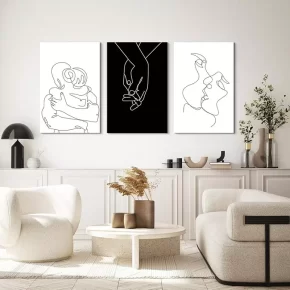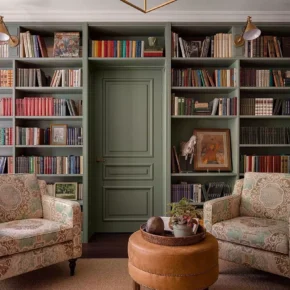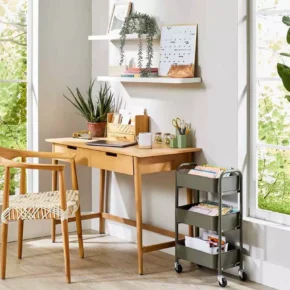Small rooms can be cozy and functional if you choose the right decor. Designing a small room requires a careful approach to the selection of elements in order not to overload the space and at the same time create a stylish atmosphere.
1. Minimalism – less means more

One of the most important principles of decorating small spaces is minimalism. Oversaturation with decor can create a sense of chaos and reduce visual space.
- Choose simple lines and clean shapes . Furniture and decor with a laconic design make the room more open and spacious.
- Avoid unnecessary elements . Choose only those accessories that have practical or aesthetic value.
2. Multifunctional furniture and decor

In small rooms, each element should perform several functions. Choose decor that combines aesthetics and practicality.
- Chairs and tables with additional storage . For example, ottomans with internal storage space or tables with bookshelves.
- Mirrors . Mirrors visually increase space and add depth. Place mirrors opposite light sources or important decorative elements.
3. Optimization of vertical space

When floor space is limited, use walls for storage and decor.
- Wall shelves and lockers . Shelves and built-in lockers will help you store things without taking up floor space. In addition, they can be stylish accents.
- Using the space near the ceiling . Add upper shelves to store seasonal items or decor to avoid cluttering the floor.
4. Choice of color scheme

Color plays an important role in the perception of space. The right choice of colors can make a room look bigger and fresher.
- Light shades . Choose pastel or light colors for walls and furniture. They reflect light, which makes the space more airy and open.
- Contrasting accents . To avoid monotony, add some contrasting accents, such as bright pillows, paintings or vases.
5. Balanced lighting
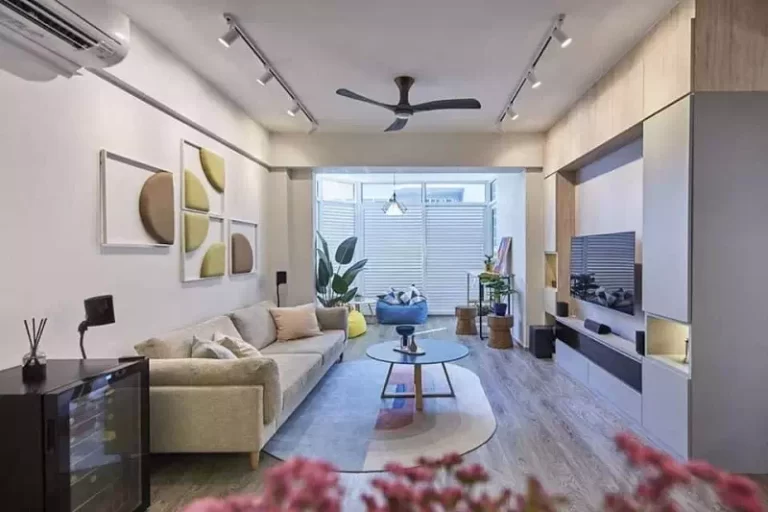
Light can visually increase the space and emphasize the decor.
- Natural lighting . If you have windows, make the most of natural light. Light curtains or blinds will allow light to easily enter the room.
- Diffused lighting . Use several sources of light: table lamps, floor lamps and built-in lamps. This will help create a warm and cozy atmosphere.
6. Carpets for zoning
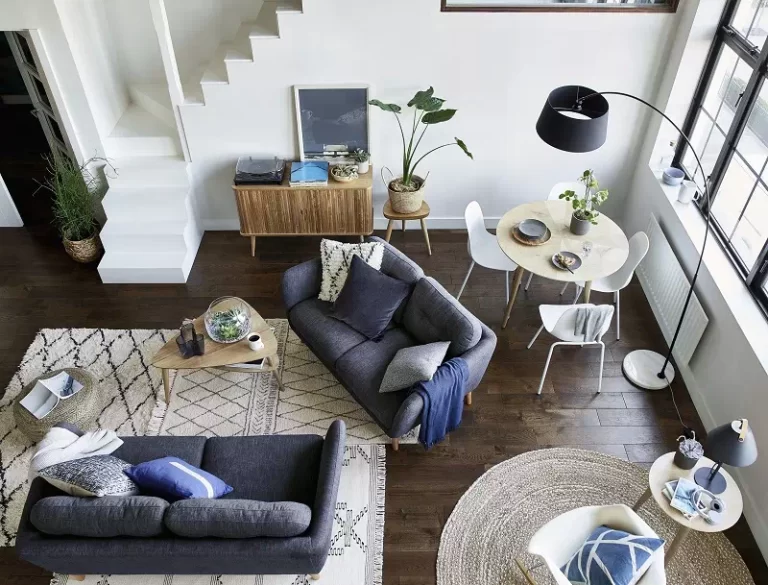
In small rooms, the carpet can become an important tool for visual zoning.
- Carpets as an accent . Use rugs of different designs and colors to separate areas, for example, the living room from the work area.
- Correct size of carpets . It is important to choose a carpet that matches the size of the room. Too big can clutter the space, and too small can get lost.
7. Decorative elements on the walls

Walls are the perfect place to place decorative items that won’t take up valuable floor space.
- Pictures and posters . Choose light paintings or posters that reflect your style, but do not overwhelm the space.
- Fastening for storage . Use wall hooks or panels to store small items such as keys, hats or even kitchen accessories.
8. Compact furniture
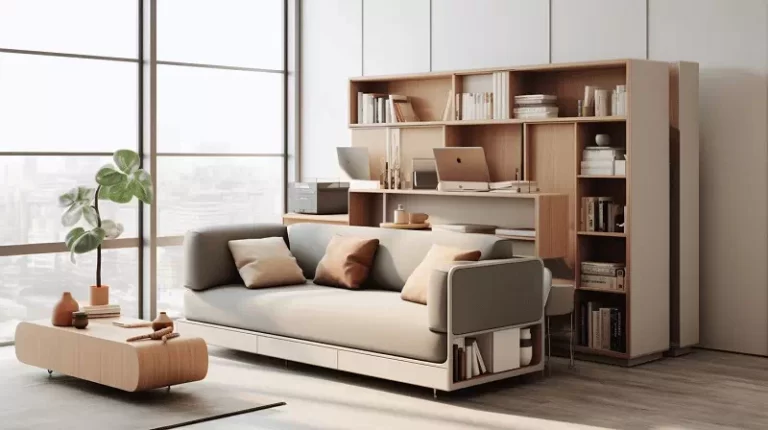
It is important to choose furniture that corresponds to the dimensions of the room and does not take up too much space.
- Furniture with thin legs . Light furniture on legs creates a sense of space, as it does not cover the floor.
- Folding furniture . If the room is very small, consider folding tables, chairs or armchairs that can be removed when needed.
9. Greenery in the room
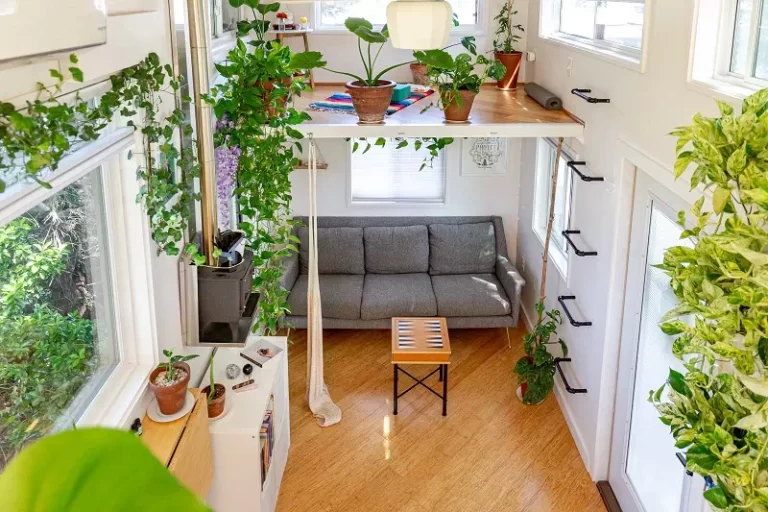
Plants are a great way to liven up a small space and add naturalness to it.
- Small vases . Choose compact plants that can be placed on shelves, windowsills or hung from the ceiling.
- Vertical gardens . Try to organize mini vertical gardens on the walls – this is a stylish and functional decor.
10. Transparent materials
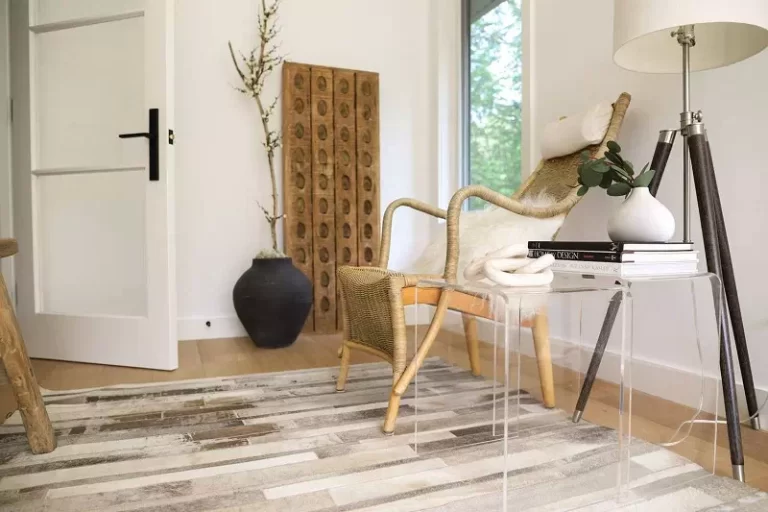
Transparent furniture or decor, such as glass or acrylic tables, chairs, shelves, allows you to maintain a feeling of openness and does not clutter up the space.
- Glass or transparent tables . Such furniture adds a modern look and does not create visual “weight” in the room.
- Transparent partitions . If you need to divide the room into zones, use transparent or translucent materials.
Decorating small spaces requires a creative approach and planning. It is important to adhere to minimalism, use light colors, balanced lighting and functional solutions. Using these tips, you can create a cozy and stylish space, even if it is small.



